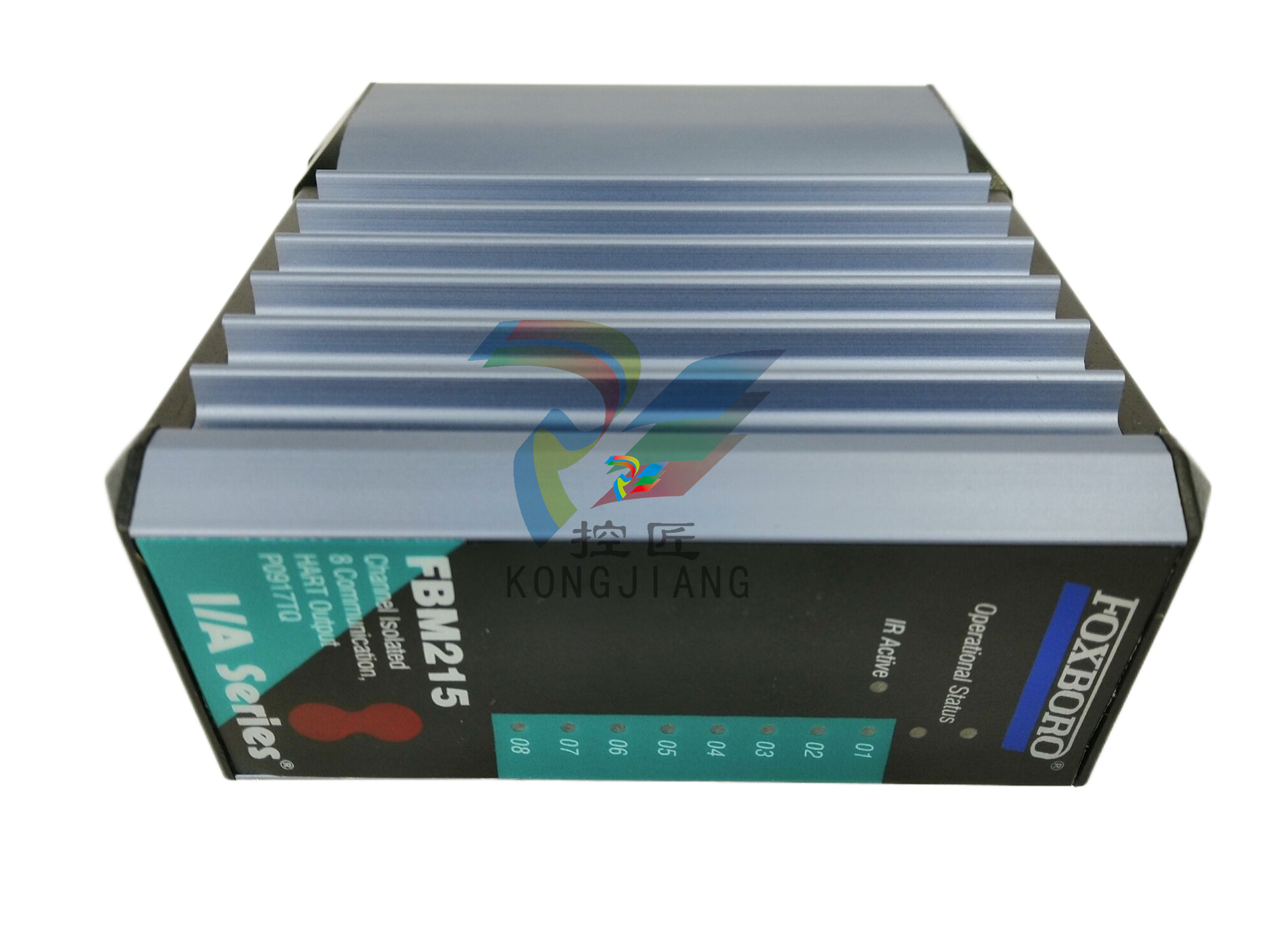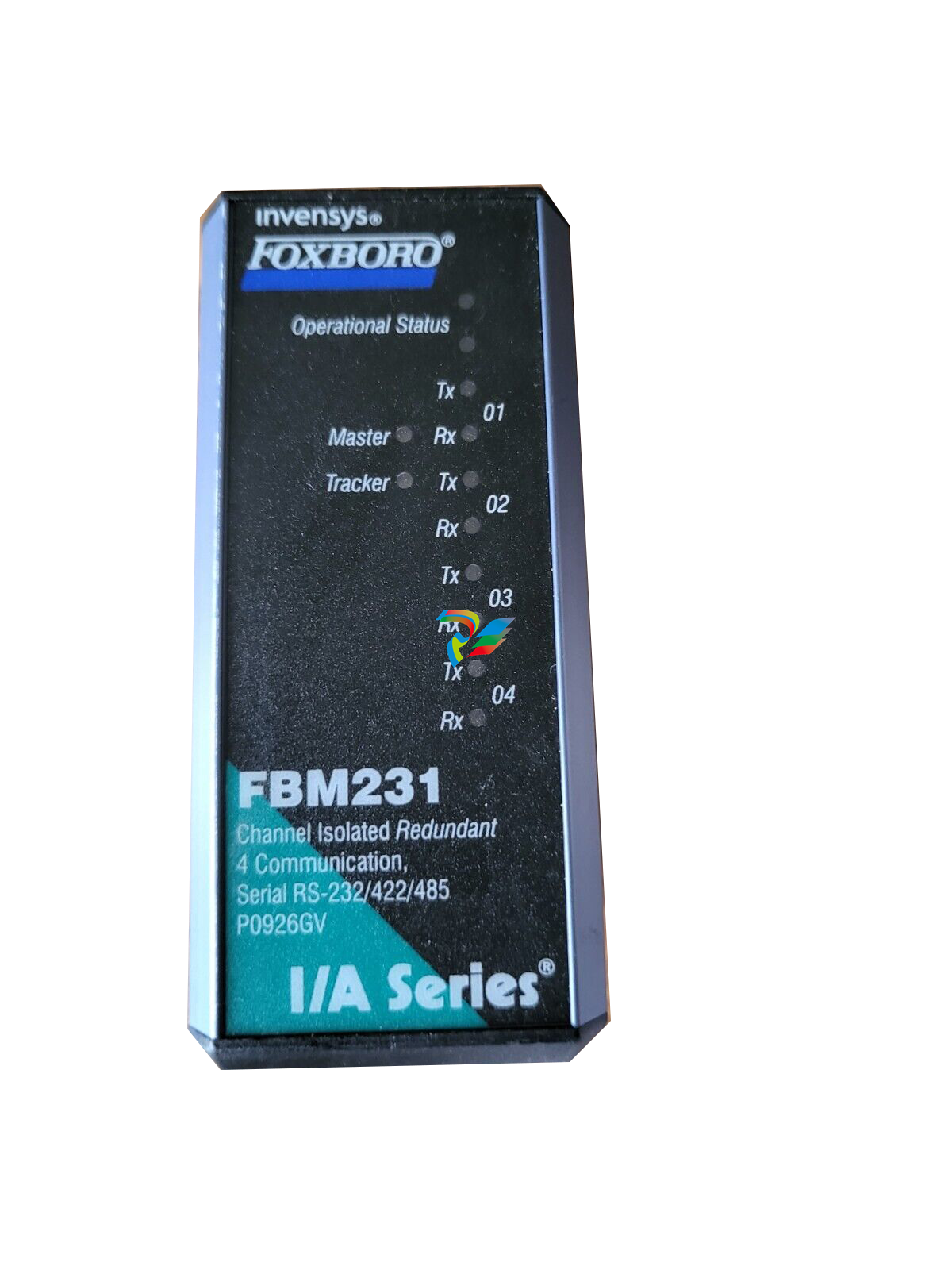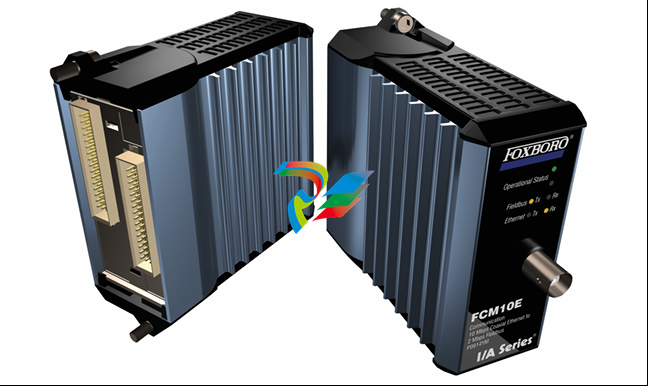
Implementing Functional Safety Requirements
### Title: Implementing Functional Safety Requirements In today's complex industrial and technological landscapes, ensuring functional safety has become a critical aspect of system design and operation. Implementing functional safety requirements is essential to protect human life, prevent environmental damage, and avoid significant financial losses due to system failures. This article delves into the key aspects of effectively implementing these requirements. #### 1. Understanding Functional Safety Requirements Functional safety refers to the part of the overall safety of a system that depends on the correct functioning of safety-related systems and other risk reduction measures. These requirements are typically driven by various standards and regulations, depending on the industry and application. For example, in the automotive industry, ISO 26262 defines the functional safety requirements for electrical and electronic systems in vehicles to mitigate risks related to malfunctions that could lead to accidents. In the process industry, IEC 61508 sets the benchmark for safety instrumented systems to handle hazardous situations. The core idea behind functional safety requirements is to identify potential hazards associated with a system, assess the risks they pose, and then implement measures to reduce those risks to an acceptable level. This involves determining the safety functions that need to be in place, specifying the performance levels required for those functions, and establishing the necessary integrity levels of the components and subsystems involved.

#### 2. Hazard Analysis and Risk Assessment The first crucial step in implementing functional safety requirements is conducting a comprehensive hazard analysis and risk assessment. This process aims to identify all possible hazards that could occur during the system's life cycle, from design and installation to operation and maintenance. Techniques such as Hazard and Operability Studies (HAZOP), Failure Modes and Effects Analysis (FMEA), and Fault Tree Analysis (FTA) are commonly used. HAZOP involves a structured review of the system's design to identify potential deviations from the intended operation that could lead to hazards. FMEA focuses on analyzing the potential failure modes of individual components and their effects on the overall system. FTA, on the other hand, starts with a potential failure event (such as a system shutdown or a safety-critical malfunction) and works backward to identify the root causes and combinations of events that could lead to that failure. Based on the identified hazards, a risk assessment is then carried out. This involves evaluating the severity of the potential consequences, the likelihood of the hazard occurring, and the level of exposure to the hazard. The combination of these factors determines the overall risk level, which in turn guides the decision-making process regarding the required safety measures. #### 3. Designing Safety Functions and Architectures Once the hazards and risks have been identified and assessed, the next step is to design the safety functions and the overall safety architecture of the system. Safety functions are specific actions or operations that are implemented to prevent or mitigate the identified hazards. For example, in an elevator system, a safety function could be an emergency braking mechanism that activates when the elevator's speed exceeds a certain limit to prevent a free fall. The safety architecture defines how these safety functions are integrated into the overall system design. It includes considerations such as redundancy (having multiple backup components or subsystems to ensure that safety functions can still be carried out even if one component fails), diversity (using different types of components or technologies to reduce the likelihood of common-mode failures), and separation (ensuring that safety-related components are physically and functionally isolated from non-safety-related ones to prevent interference). When designing the safety architecture, it's also essential to comply with the relevant safety integrity levels (SILs) specified by the applicable standards. SILs define the level of confidence that can be placed in the correct functioning of a safety function under defined conditions. Higher SILs require more rigorous design, testing, and validation processes to ensure the reliability of the safety functions. #### 4. Verification and Validation Verification and validation are critical phases in implementing functional safety requirements to ensure that the designed system actually meets the specified safety goals. Verification involves checking that the system has been designed and implemented correctly according to the requirements. This includes reviewing the design documents, checking the code (in the case of software-based systems), and ensuring that all safety functions have been properly implemented and integrated. Validation, on the other hand, focuses on demonstrating that the system meets its intended safety requirements in the actual operating environment. This often involves conducting various tests, such as functional tests to check the operation of safety functions under normal and abnormal conditions, environmental tests to assess the system's performance under different environmental factors (e.g., temperature, humidity, vibration), and performance tests to verify that the safety functions can handle the expected loads and scenarios. In addition to traditional testing methods, simulation techniques can also be used to validate the system's behavior in a wide range of possible scenarios that may be difficult or expensive to replicate in real life. This helps to identify any potential issues or weaknesses in the system's safety functions before it is deployed in the field. #### 5. Documentation and Management Proper documentation is a fundamental part of implementing functional safety requirements. It serves multiple purposes, including providing a record of the hazard analysis, risk assessment, design decisions, verification and validation activities, and any changes made throughout the system's life cycle. Documentation also helps in ensuring traceability, allowing stakeholders to understand how the safety requirements have been translated into the actual system design and implementation. Effective management of functional safety throughout the system's life cycle is equally important. This involves establishing processes for managing changes to the system (as any modification could potentially impact safety), conducting regular safety audits to ensure compliance with the requirements, and maintaining communication channels among different teams involved in the design, development, operation, and maintenance of the system. Moreover, training and awareness programs should be in place to ensure that all personnel who interact with the system understand the importance of functional safety and their roles and responsibilities in maintaining it. #### 6. Continuous Improvement The implementation of functional safety requirements is not a one-time activity but an ongoing process. As systems evolve, new hazards may emerge, or changes in the operating environment may affect the effectiveness of existing safety measures. Therefore, a continuous improvement approach is necessary. This involves regularly reviewing and updating the hazard analysis and risk assessment, monitoring the performance of the system's safety functions in the field, and incorporating feedback from incidents or near-misses to identify areas for improvement. By continuously striving to enhance the system's functional safety, organizations can better protect human life, the environment, and their own assets. In conclusion, implementing functional safety requirements is a complex but essential task that spans multiple phases from hazard identification to continuous improvement. By following a systematic and rigorous approach, organizations can ensure that their systems operate safely and reliably, meeting both regulatory requirements and the expectations of stakeholders.













































.jpg)
.jpg)
.jpg)





.jpg)



.png)
.jpg)

.jpg)
_lVjBYb.jpg)

.jpg)
.jpg)



.jpg)
.jpg)







.jpg)

.jpg)
.jpg)











.jpg)




.jpg)
.jpg)
.jpg)
.jpg)
.jpg)
.jpg)
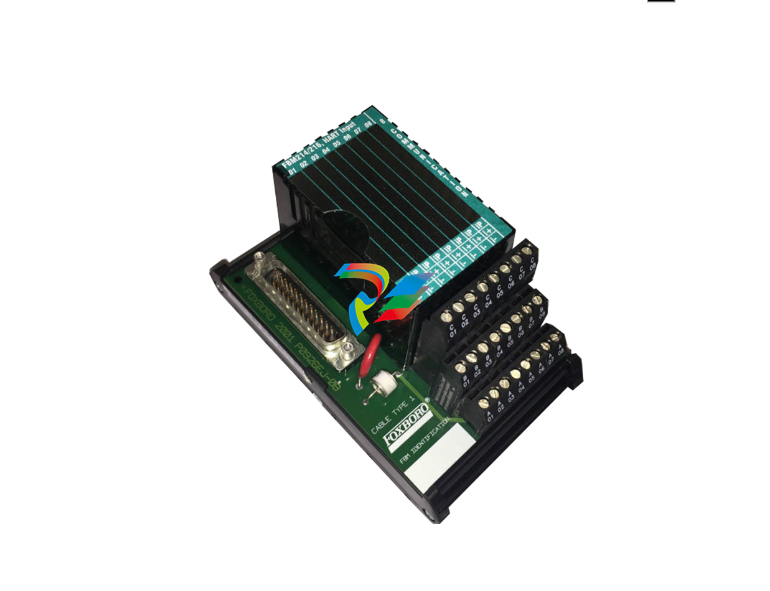
.jpg)
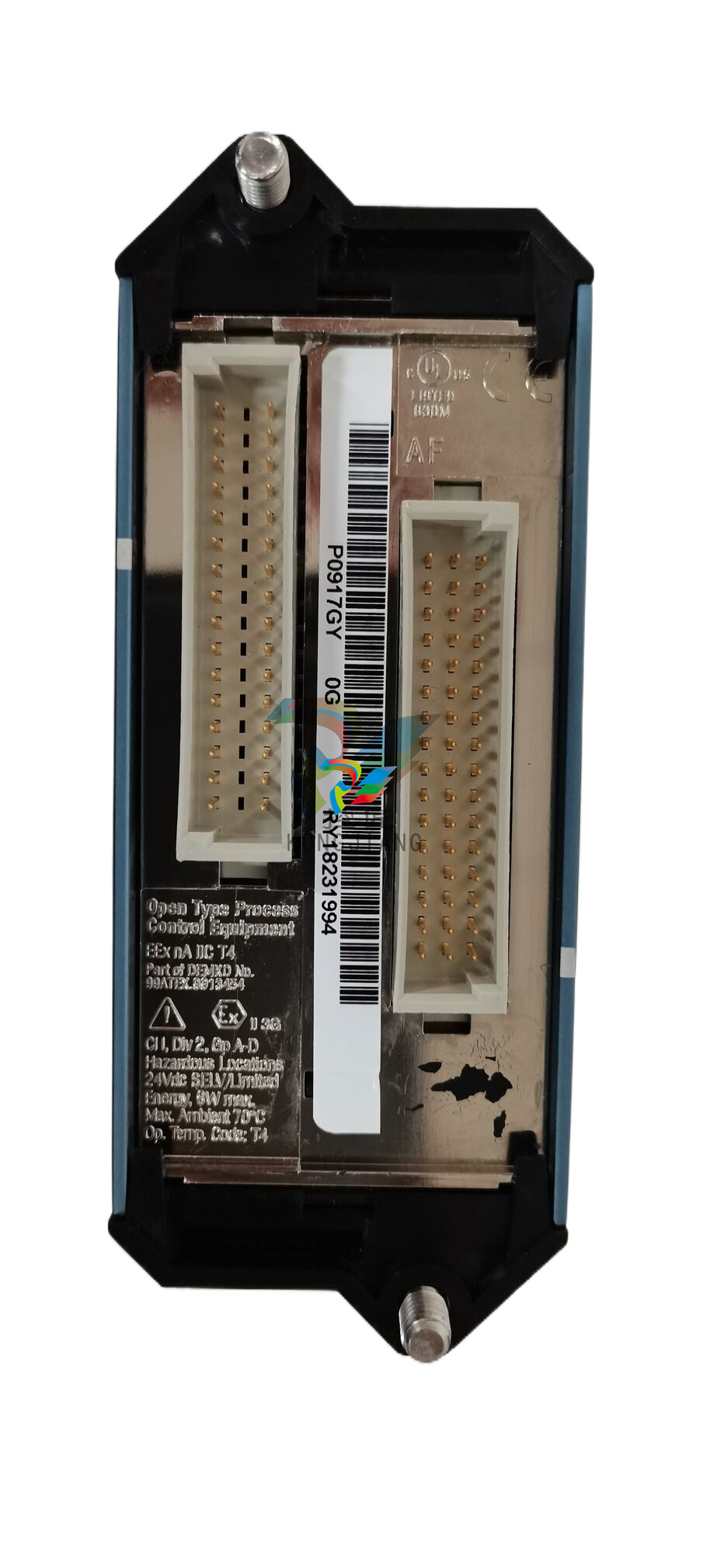
.jpg)
.jpg)
.jpg)
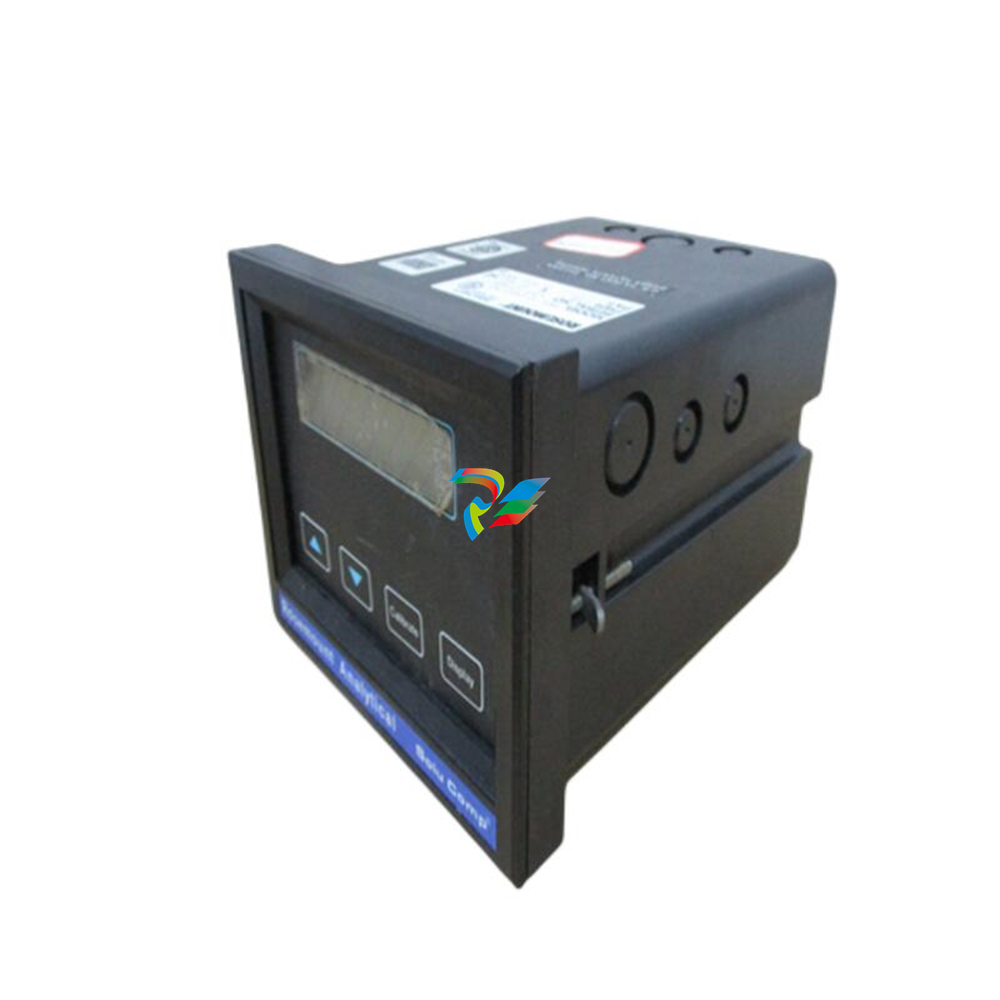
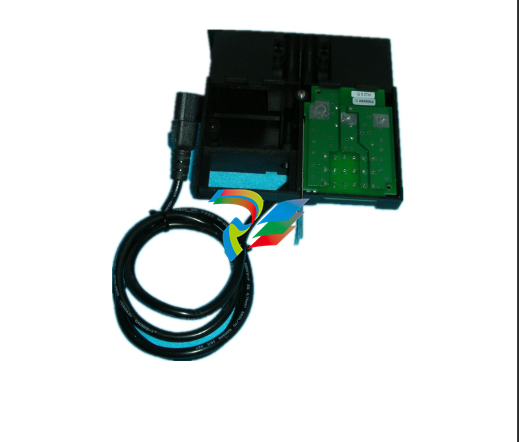
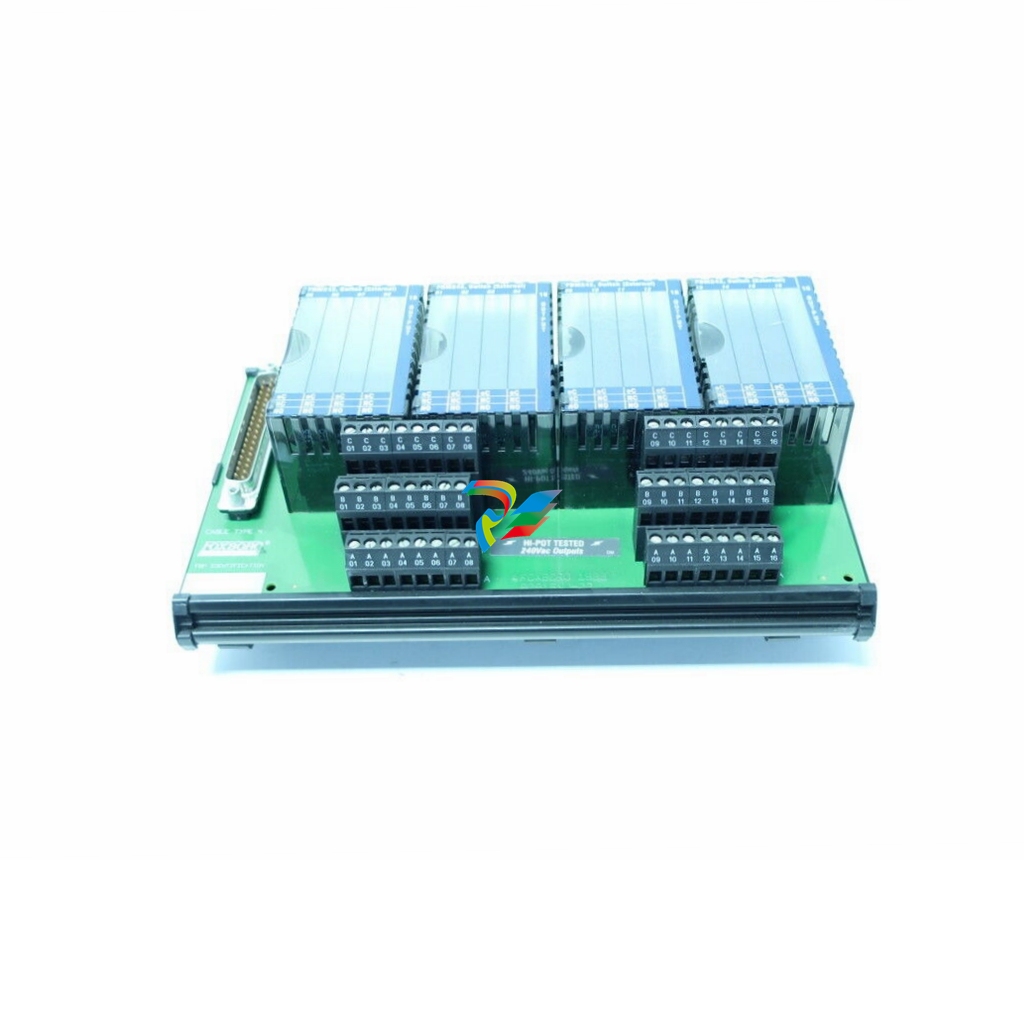
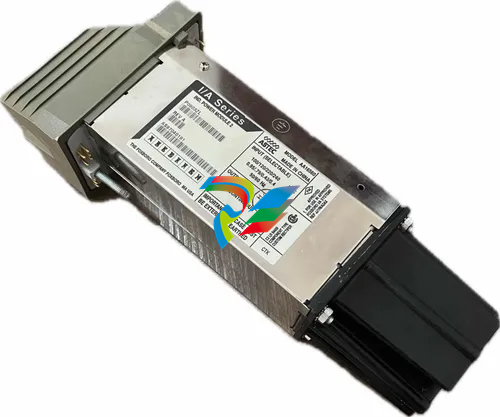

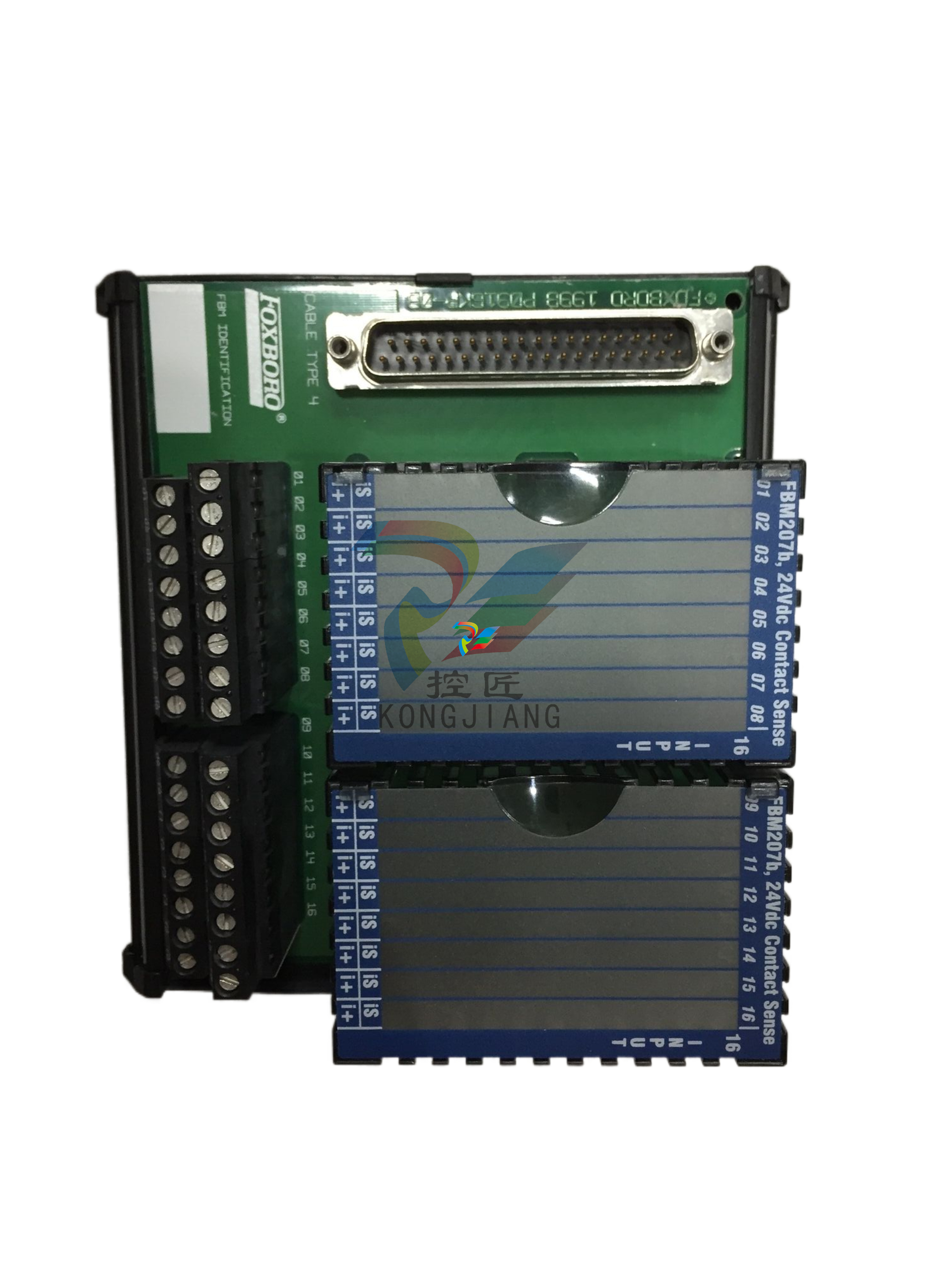
.jpg)
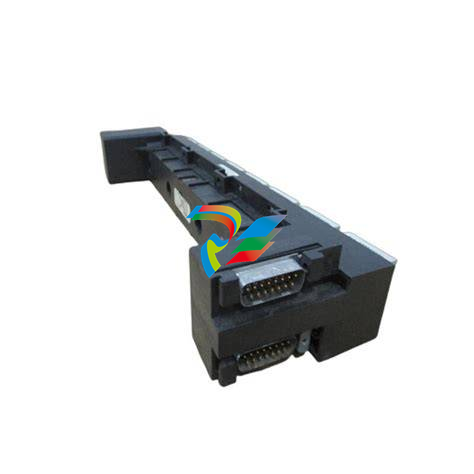
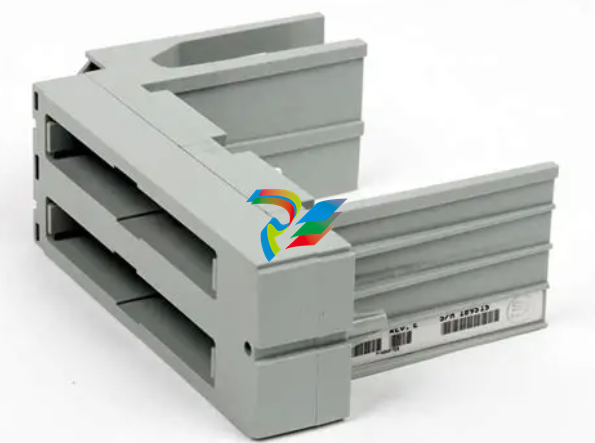
.jpg)
